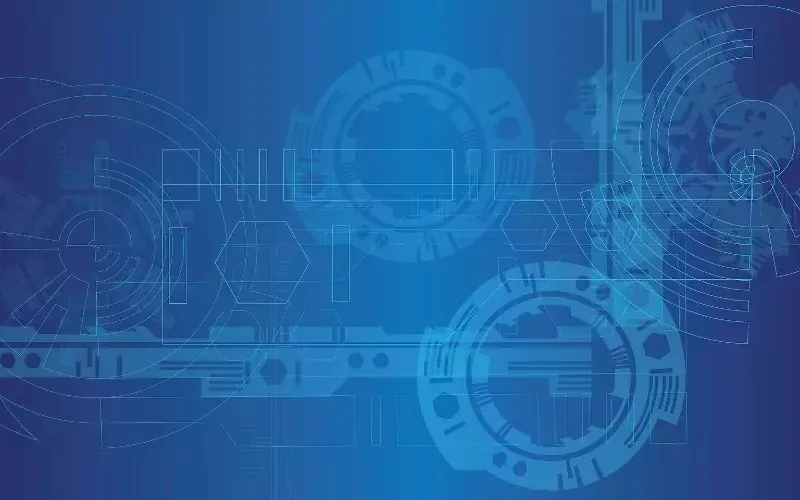Lego’s journey is a testament to strategic adaptability in business.
In a world filled with tales of corporate decline, Lego has successfully navigated through challenges, emerging stronger.
In 2000, Blockbuster had the chance to acquire Netflix for $50 million, yet they famously laughed at the offer. Their inability to foresee the streaming revolution led to their downfall, leaving Netflix to dominate. This failure underscores the necessity for businesses to anticipate technological shifts and adapt accordingly.
On the other hand, companies like Shop Direct and Auto Trader exemplify successful business pivots. Shop Direct transformed from a catalogue business to a thriving internet retailer, while Auto Trader transitioned from print to become the UK’s largest digital automotive marketplace.
In the face of rapid technological advancements, resilience becomes the strategic armour that shields companies from potential threats, ensuring longevity and success in competitive landscapes.
Without strategic expansion, Lego risked sharing the fate of companies like Blockbuster and Kodak. Instead, Lego’s proactive measures ensured continued growth, making it a model of corporate evolution and adaptability.
Through strategic alliances, Lego demonstrated that diversification is not merely about expanding offerings, but also about intelligently selecting the right partners to maximise impact and reach.
Today’s business leaders must learn from Lego’s example, adopting strategies that foster adaptability and resilience. By doing so, they ensure their companies not only survive but thrive amid challenges.
As the business landscape evolves, companies must continually assess and refine their strategies. Success lies in recognising emerging trends and making informed decisions to stay ahead of the curve.
Lego’s story is a powerful reminder of the importance of strategic adaptability.
In emulating Lego’s approach, businesses can safeguard against obsolescence and secure enduring success.

